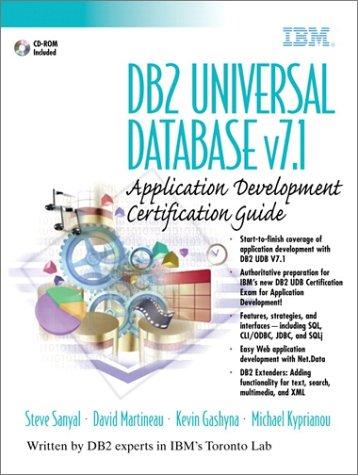Answered step by step
Verified Expert Solution
Question
1 Approved Answer
What is the output? int ax(int); int by(int); int x = 6; int main( ) { int x = 3; int y = 1; y
What is the output?
int ax(int);
int by(int);
int x = 6;
int main( ) {
int x = 3;
int y = 1;
y = ax(x);
cout << " return ax = " << y;
cout <<" return by = "<< by(x) << endl;
return 0;
}
int ax(int p) {
cout << " p = "< return x; } int by(int x) { x *= 3; if (x > 5) { return x; } else { return x*=4; } } What is the call by reference? How could the program above be modified so that the by( ) Function uses call-by-reference to also change the main( ) x whenever changes in the Function occur?
Step by Step Solution
There are 3 Steps involved in it
Step: 1

Get Instant Access to Expert-Tailored Solutions
See step-by-step solutions with expert insights and AI powered tools for academic success
Step: 2

Step: 3

Ace Your Homework with AI
Get the answers you need in no time with our AI-driven, step-by-step assistance
Get Started


